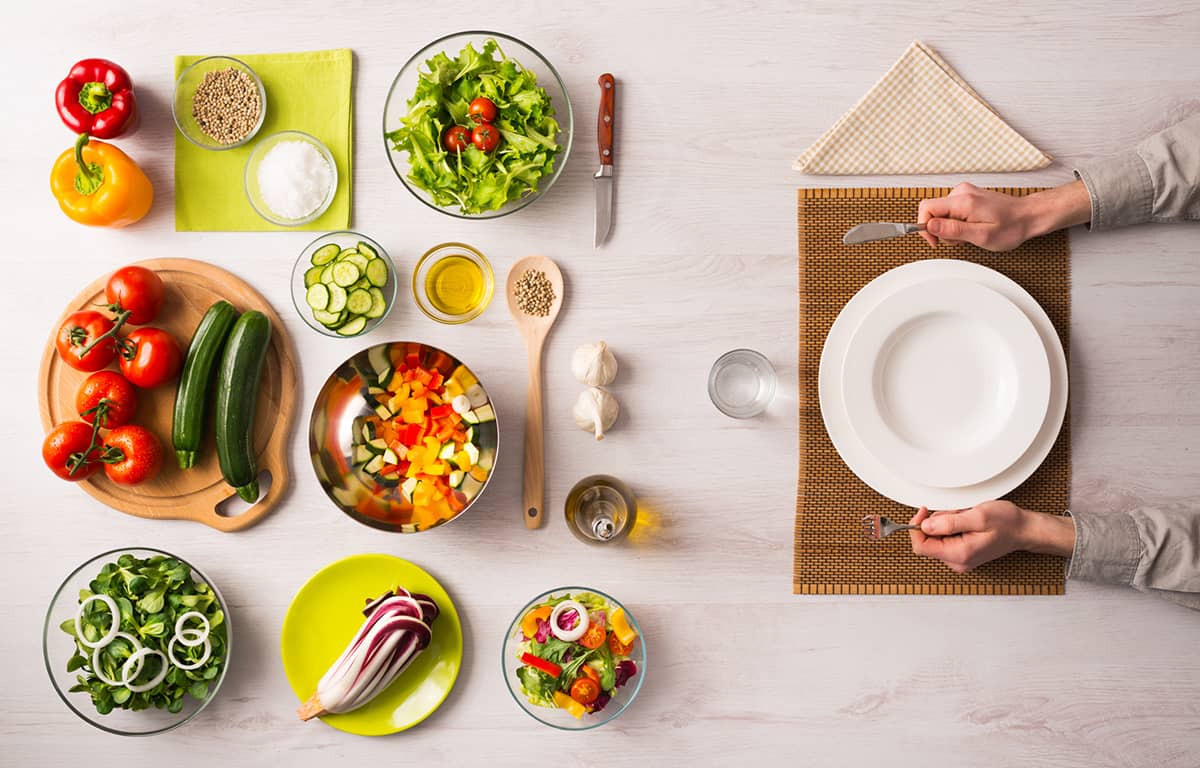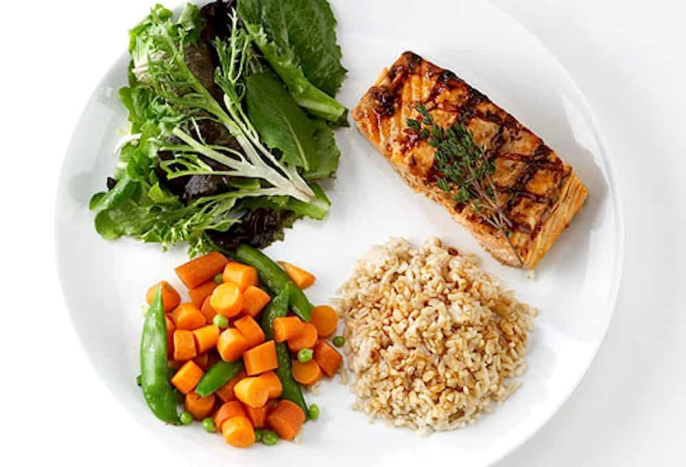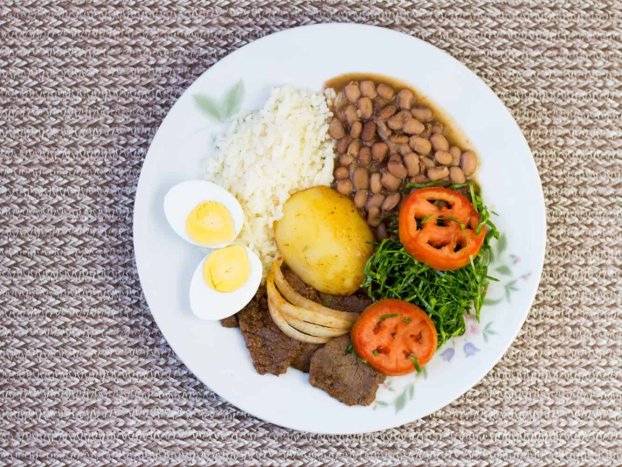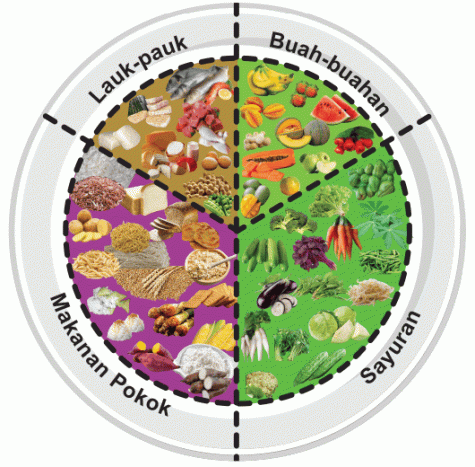Balanced and Healthy Lunch Portions • Hello Sehat

It’s not good if you skip lunch time because this will affect the adequacy of daily nutritional intake. But that does not mean, you can determine the portion of lunch as you wish. To overcome hunger, people who do not usually eat breakfast will usually eat an excessive portion of lunch. Things like this can actually increase the risk of gaining weight.
In determining a healthy and appropriate food menu, it does not depend on how full your stomach is or how much food is consumed. The food portion must meet a certain number of calories.
Of course it would be very inconvenient if you had to always count how many calories from each food. Check out the following tricks to make it easier to manage the right lunch portion.
Know how many calories you need

The calorie needs of each person per day actually cannot be beaten flat. Many factors affect each person’s calorie needs, such as gender, age, medical history, to how strenuous the daily activities are. Well, this ideal lunch portion must be controlled by following your body’s calorie needs.
To find out your daily calorie needs, you can calculate it using the Harris-Bennedict formula, the formula from the World Health Organization (WHO), or using the calorie calculator from Hello Sehat which can be accessed on this link http://bit.ly/kalkulatorkebutuhankalori.
Ideally, the calorie needs that need to be met in one portion of lunch are 30 percent of the number of calories needed in a day. With a note, the regular diet that you carry out is three heavy meals and two times snack in a day.
Another way to determine your calorie needs is to consult with doctors and nutritionists that you trust.
For example, your daily calorie requirement after calculating is 2000 calories. So, the recommended lunch portion is as much as 600 calories. Well, from this number, then it is further divided into servings per food ingredient, from carbohydrates, proteins, fats, to vitamins and minerals.
Divide food composition

After knowing how many calories you should eat at lunch, then you have to understand how to divide them into food ingredients, from staple foods, side dishes, to vegetables and fruit.
Now, the Indonesian Ministry of Health has issued a new recommendation, namely the Guidelines for Balanced Nutrition, which explains how you should divide food in one plate.

The new guideline entitled “Fill My Plate” (pictured above) recommends dividing the contents of the plate with the following composition:
- Staple foods, such as rice, rice noodles, noodles, bread or substitutes: 3/4 of the plate
- Side dishes, such as animal and vegetable protein: 1/4 of the plate
- Vegetables: 3/4 of the plate
- Fruits: 1/4 of the plate
Sample the recommended lunch portion
In order to better imagine what it looks like, here is an example of a 700 calorie lunch menu along with the size of the ingredients.
Staple food
For one meal, the recommended source of carbohydrates is 150 grams. This amount can be in the form of 3 scoops of rice, 3 medium potatoes (300 grams), or half a cup of dry noodles (75 grams).
Side dishes
Animal side dishes are equivalent to 75 grams of mackerel, 1 large egg, or 2 medium-sized pieces of skinless chicken. While the vegetable side dishes that should be eaten are 2 pieces of medium tempeh or 1 piece of large tofu.
Vegetables
In one meal, you should eat 150 grams of vegetables or the equivalent of 1 medium cup of cooked vegetables.
Fruit
As a complement and cover, you should also eat fruit after eating. The recommended portion of fruit to eat after lunch is 1 portion of fruit which is equivalent to 1 medium banana or 2 medium sized oranges.
Hello Health Group does not provide medical advice, diagnosis or treatment.